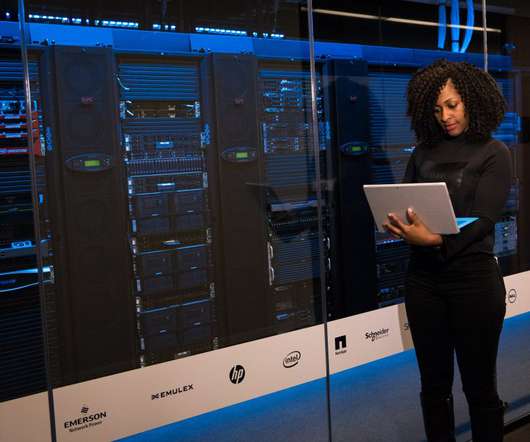3 Basic Forms of Effective eLearning Activities
eFront
JULY 5, 2016
In any eLearning program, an activity or a group of activities are necessary to provoke learning experiences. When created the right way, learning activities can help users conquer challenging learning objectives. Which events in your eLearning programs ensure that learning is actually taking place?










































Let's personalize your content